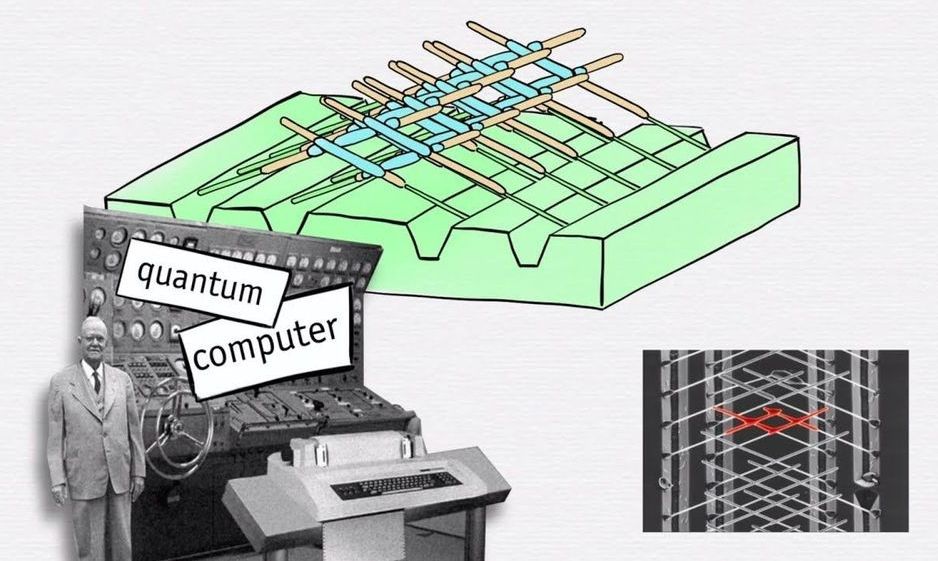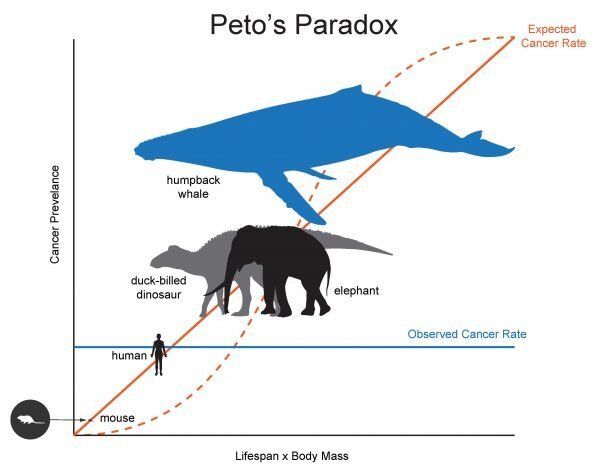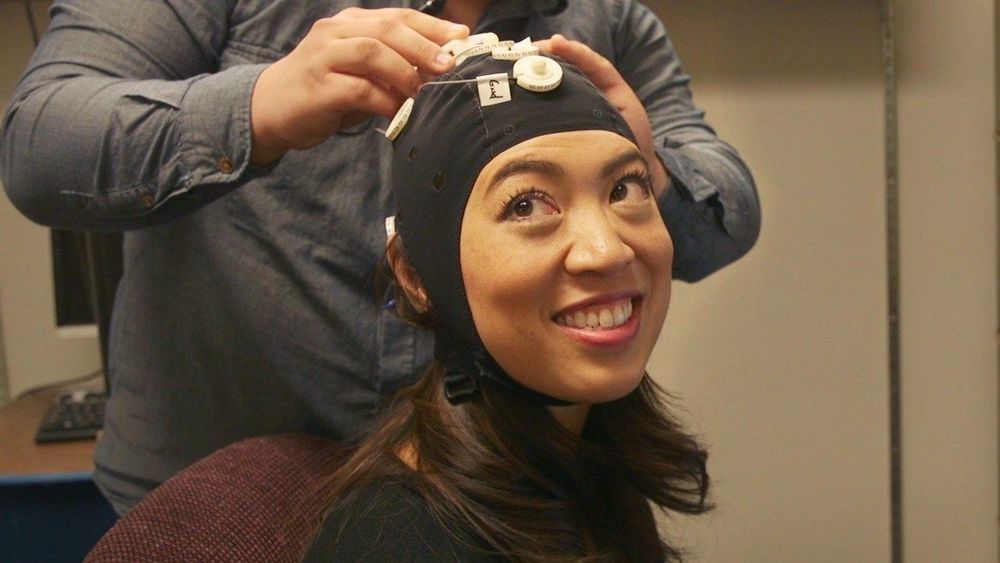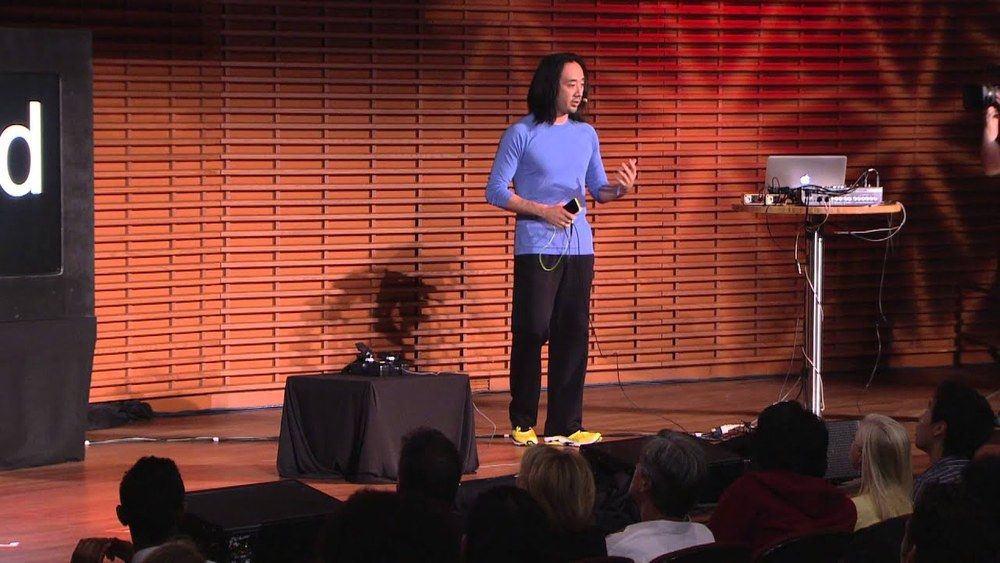May 10, 2019
28 years old and closer than ever to the solving of the mistery of the Majorana particles
Posted by Quinn Sena in categories: computing, nanotechnology, particle physics, quantum physics
Gazibegović, Ph.D. candidate in the group of prof. Erik Bakkers at the department of Applied Physics, developed a device made of ultrathin networks of nanowires in the shape of “hashtags.” This device allows pairs of Majorana particles to exchange position and keep track of the changes occurred, in a phenomenon known as “braiding.” This event is considered as a striking proof of the existence of Majorana particles, and it represents a crucial step towards their use as building blocks for the development of quantum computers. With two Nature publications in her pocket, Gazibegović is ready to defend her Ph.D. thesis on May 10.
In 1937, the Italian theoretical physicist Ettore Majorana hypothesized the existence of a unique particle that is its own antiparticle. This particle, also referred to as a “Majorana fermion,” can also exist as a “quasiparticle,” a collective phenomenon that behaves like an individual particle, as in waves forming on the water. The water itself stays in the same place, but the wave can “travel” on the surface, as if it were a single particle in movement. For many years, physicists have been trying to find the Majorana particle without success. Yet, in the last decade, scientists from Eindhoven University of Technology have taken great leap forwards in proving the existence of Majorana particles, also thanks to the research of Gazibegović and her collaborations with the University of Delft, Philips Research and the University of California – Santa Barbara.
















